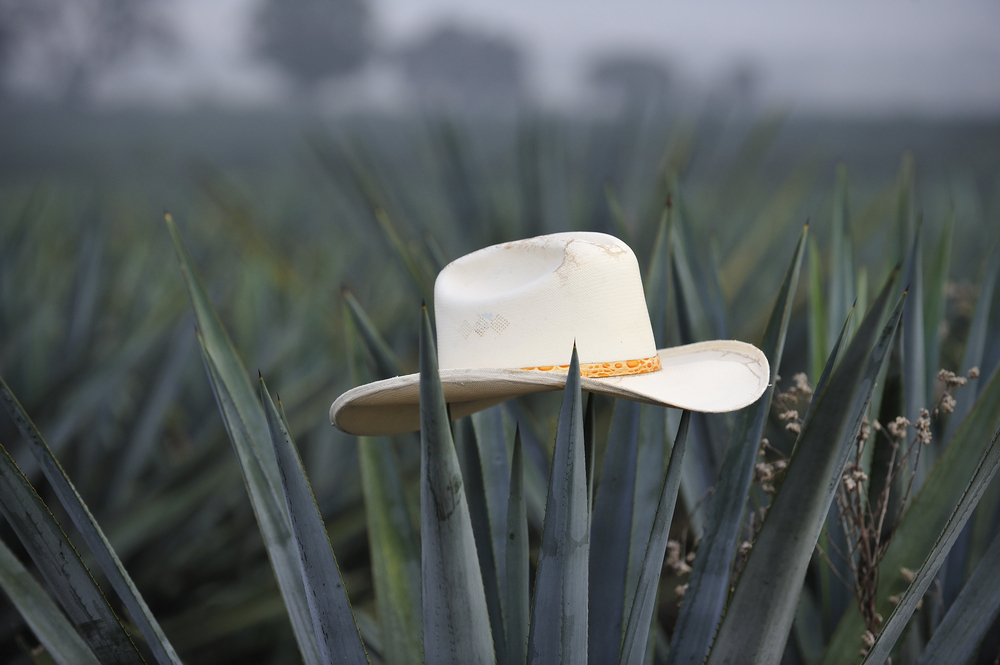A decade ago, you might have been hard-pressed to find anything other than a $20 bottle of Jose Cuervo at your local liquor store. Back then, there probably wasn’t even a shelf dedicated to tequila. The dominant perception of Mexico’s signature spirit was that of tequila as “firewater,” a cheap liquor best reserved for budget drinkers, college partiers, and those who generally cared less about mouthfeel and artisanal production methods than about, well, getting drunk.
RELATED: 20 Tequila Recipes to Mix Up
Today, though, the landscape is entirely different. A decent liquor store may well have a dozen different brands and specialty spirit shops may have as many as a hundred, with a variety of styles (blanco, añejo, reposado) and flavors (jalapeño, cocoa, tropical) represented.
And there’s another difference: price. While you can still find a $20 bottle of firewater, the price for a good bottle of tequila in the U.S. has been spiraling upward. Of the 185 types of tequilas and mezcales sold by New York City’s Astor Wines and Spirits, for example, 39 are over $100 a bottle. Fifty-six are between $51 and $100.
Is the escalating price merely a reflection of increased demand and clever branding? [pagebreak]
That’s part of the equation, but, explains Chantal Martineau, author of the recently published How the Gringos Stole Tequila, the main reason is the high cost of growing and harvesting agave. “It’s no easy crop to farm,” says Martineau, who knows this because she has watched the process in Mexico. “Blue agave takes on average seven years to reach maturity,” she explains. “Consider that grapes grow back each year to be harvested for wine production. But once it’s harvested, an agave plant dies and another has to be planted in its place. So it’s an incredibly labor-intensive plant to farm as a raw material. That cost is reflected in the tequila.”
Add on fancy packaging and the price increases. The cost of a good tequila goes higher still, Martineau adds, when you factor in the number of years a tequila was aged: “the barrels cost money, the warehouse where it’s aged [costs money], and the time it takes”- after all, time is money.
But if that cheap bottle of Cuervo you bought in college is also made with agave, why didn’t it cost more? The answer, says Martineau, is that many bottles of tequila—especially the less expensive ones—aren’t made with 100% blue agave. Instead, they’re what’s known in the business as a “mixto”. As the name suggests, a mixto is a blend of 51% agave sugars with 49% other sugars, perhaps cane sugar or sugar derived from corn. Because cane and corn are cheaper to produce compared to agave, it stands that their sugars are also cheaper. Curious to know whether that pricey bottle you’re considering is a mixto or a “pure” tequila? Martineau says all you have to do is look carefully at the label. “If it’s 100% agave,” she points out, “it will be written right on the bottle.” [pagebreak]
Martineau acknowledges, though, that savvy marketers have also exerted a cost on the rising price of tequila in the United States. “In the last 10 years or so, we’ve seen more than 400% growth when it comes to sales of the most premium brands [of tequila],” she explains. “Twenty years ago, it would have been crazy to pay $50 for a bottle of tequila.” But, as with other spirits, the introduction of premium brands and the glamorous, high-life advertisements created to promote them signaled to consumers that tequila wasn’t just for raucous frat parties anymore. Certain tequila brands ascended to the top shelf of bars and began being offered as part of the bottle service in the VIP sections of chic clubs. Suddenly, tequila was having its moment.
Given the variety of options now available, how should a consumer choose a tequila? A mid-range bottle might be a good place to start, neither priced too high (forego the fancy packaging unless you like bottles more than the actual spirit) nor too low (remember: make sure the label says 100% agave). Martineau, who describes herself as a tequila geek, recommends sampling until you find a tequila that suits your palate, and suggests “taking a chance on a bottle you don’t recognize from TV” or other advertising. “It’s hard to know what to buy when you’re standing in front of a liquor store shelf,” she concedes, “but a lot of the more interesting brands are too small to afford much in the way of advertising.”
Martineau also notes that with the increase in the popularity—and the price tag—of tequila, it’s worth pointing out that the wages of jimadores, the men who harvest agave for tequila production, have not kept pace. If labor ethics, environmental integrity, and traditional farming free from the influence of big agribusiness are important to you, Martineau suggests checking out smaller batch tequilas. Often, she says, these “include information on the bottle like where the agave was grown or [what] cooking method was used.” This sort of information can help you make a more educated decision. Still stumped? An appendix to her book includes a list of 99 tequilas and mezcales, with detailed notes—including price—about the production of each.


![Making Mealtime Matter with La Familia: Easy Sofrito [Video]](https://thelatinkitchen.com/wp-content/uploads/2015/10/sofrito-shutterstock__0-500x383.jpg)
![Easy Latin Smoothies: Goji Berry Smoothie [Video]](https://thelatinkitchen.com/wp-content/uploads/2015/12/goji_berry-shutterstock_-500x383.jpg)
















![Fun and Fast Recipes: Fiesta Cabbage Salad [Video]](https://thelatinkitchen.com/wp-content/uploads/2015/11/fiesta_cabbage_slaw-shutterstock_-500x383.jpg)









